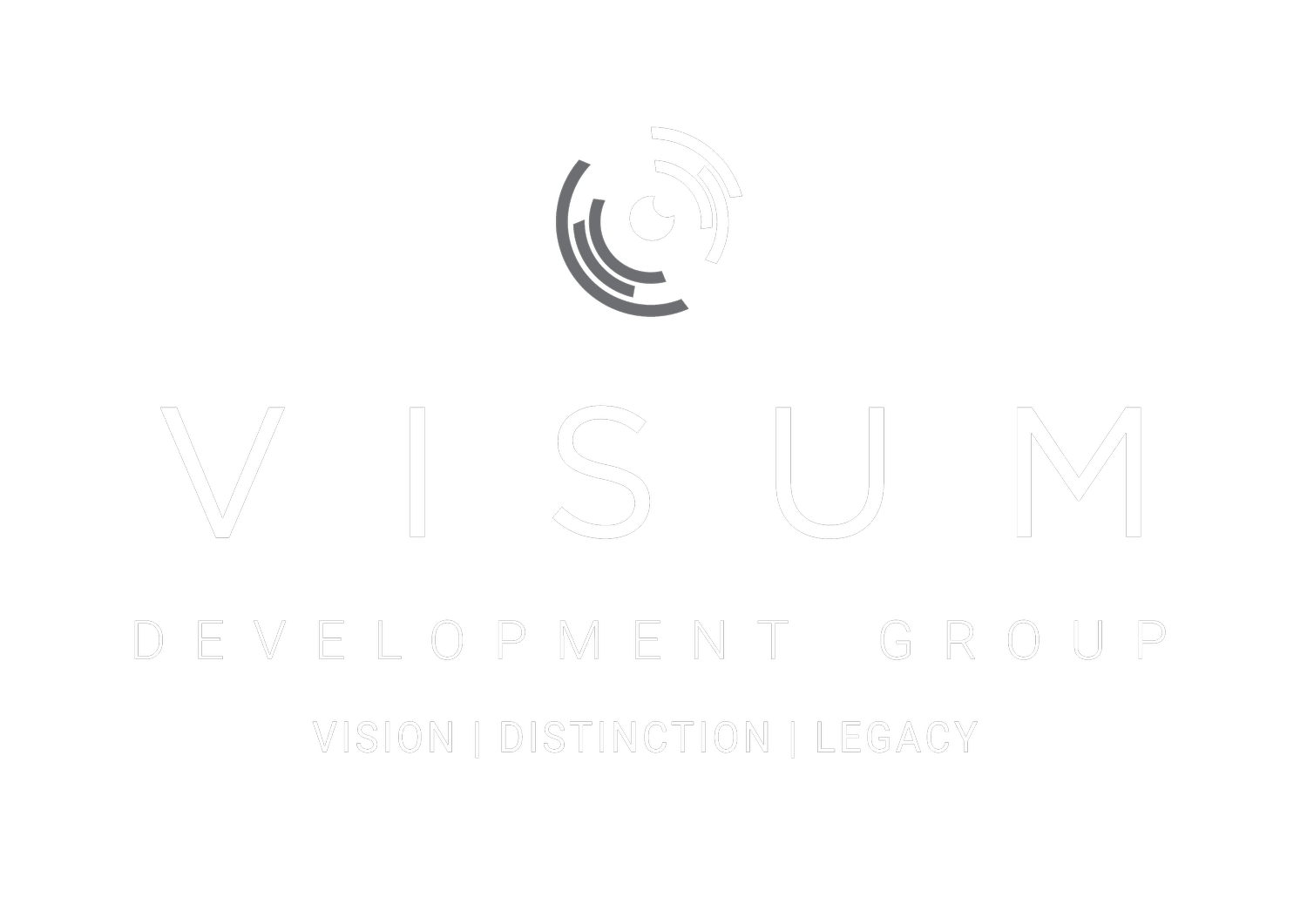Site Cleanup History
Early Efforts
19th-20th centuries: Site served as home for the Ithaca Paper Company and the Ithaca Gun Company. Read more in “A Site’s History: The Ithaca Gun Company” by Rachel Hendricks.
1997: The City of Ithaca planning department commissioned a Phase 1 and 2 Environmental Site Assessment (ESA) to ascertain the extent of pollution on the gun factory site.
2002: The federal EPA produced a work plan for emergency cleanup on the site.
2003: Fall Creek Redevelopment (FCR) LLC proposed a 7-story condo project on the site, which used to be zoned I-1 instead of R-3a.
2004: The EPA spent $4.8 million to remediate lead pollution on the site, but it did not clean up at least 5 areas because the developer at the time (Wally Diehl) was supposed to remediate those areas himself.
ca. 2007: FCR and Travis proposed a 33-unit condo project on the site.
2007: The City of Ithaca, Fall Creek Redevelopment (FCR), O’Brien & Gere Engineers, and Travis and Travis Development entered into a Redevelopment Agreement on September 29, 2007. The parties agreed to apply for two programs: Restore NY and ERP (Environmental Restoration Program).
2008: Grant awards were announced.
The Restore NY grant was meant to fund the private portion: the demolition of the factory, site remediation, and new construction. The City requested $2.5m on behalf of the developer and received $2.3 million in two phases:
$1.46m for demolition, remediation, and removal of lead and asbestos in the old factory structure, of electrical transformers, of industrial residues, lights, brick, and other materials
$840,000 for a 33-unit condo project
The ERP grant of $700,200 was meant to fund remediation of the public portion of the site. (DEC site code: E755018)
In December, the public and private parties entered into an Easement agreement associated with donation of the now-public parcel. This included:
an easement to build a walkway to the island (though in §1.1: “no obligation to construct the Walkway),
an easement for vehicular access to the island,
easement on the City parcel for grading/earthworks for the development parcel
mutual agreements for stormwater management
access on City parcel for construction and maintenance of development parcel, so long as the developer notifies the city 10 days in advance
access across the City parcel to access the smokestack/boiler “subparcel” with permission to build a maximum 15-ft driveway
mutual access for utilities
Parallel Remediation Timelines
Public Parcel
Environmental Remediation Program (ERP)
2012: The Citizen Participation Plan (CPP) and Site Investigation Work Plan (SIWP) were recorded. The SIWP identified three areas containing lead and needing remediation: the western access way, the island, and the raceway.
2013: Remedial excavation plan map and Interim Remedial Measures (IRM) Work Plan were produced by June. By November, remediation of the western access way was mostly complete, to be followed by the island and the raceway.
2014: By January 2014, the DEC recognized remediation of the western accessway as complete.
2015: The City asked the EPA if the site could be included in the federal Superfund program, but the EPA’s Hazard Ranking System evaluation did not give the site a sufficiently high score. By June, though, the DEC recognized the island, raceway, and former walkway as remediated.
2017: In May 2017, the DEC recommended No Further Action on cleanup, noting that several institutional and engineering controls would continue to keep the site safe. These were implemented in a Site Management Plan.
2018: In January, an environmental easement was recorded. On October 4, 2018, the DEC issued a Certificate of Completion for the ERP on the public parcel.
Private Parcel
Brownfield Cleanup Program (BCP)
2013: On April 19, 2013, DEC signed a Brownfield Cleanup Agreement (BCA) with Travis to place the private parcel in the Brownfield Cleanup Program (BCP). In October 2013, the DEC approved an initial Remedial Investigation (RI) Work Plan.
2015: New York State adopts a modified BCP program into law.
2017: In November 2017, DEC approved an Additional RI Work Plan. It appears that remedial investigation was conducted at some time between 2013 and 2017, and then again in 2017-2018.
2018: Frost proposed a site plan and building design that assumed being able to use development rights from the City parcel to determine unit count and lot coverage (previous page). On November 23, 2018, DEC approved the RI Report, to be followed by a Remedial Alternatives Analysis (RAA).
2019: In February 2019, a Remedial Alternatives Analysis (RAA) Report was completed and outlined three potential remediation alternatives. The site was originally supposed to have received a Certificate of Completion (COC) by December 31, 2019, but it didn’t, so it had to abide by new BCP rules.
2020: On March 19, 2020, DEC approved an amendment to the BCA to make the site subject to the new program rules as of 2015, and extended the deadline for COC to December 31, 2026.
2021: In March 2021, a Remedial [Action] Work Plan (RAWP) was submitted to the state. In December 2021, 121-125 Lake Street LLC, owned by Todd Fox, acquired the site, with Visum Development Group LLC as the new developer.

